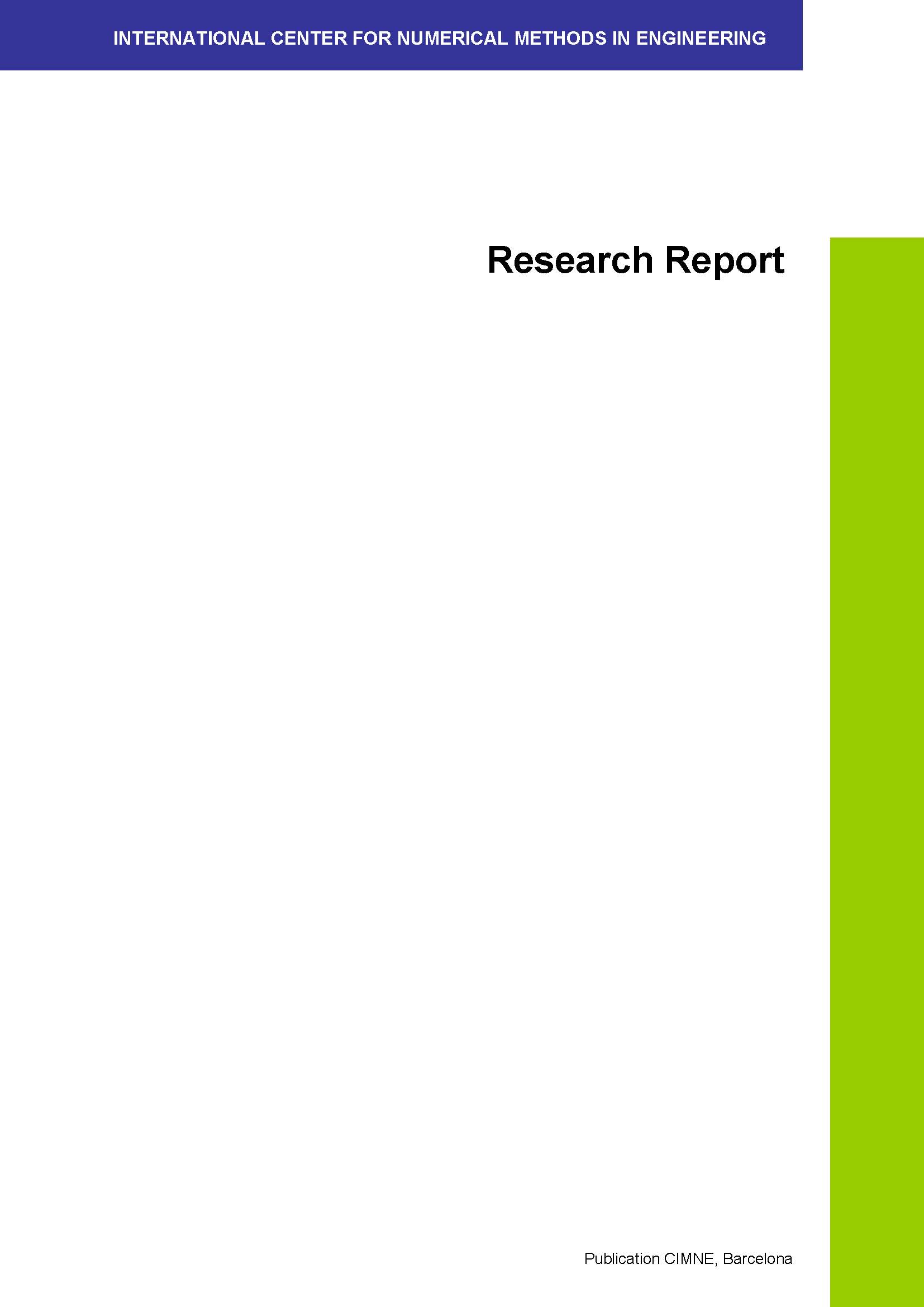A New Frictional Time Integration Algorithm for Large Slip Multi-Body Frictional Contact Problems
FREE!
Editorial: CIMNE
Year of publication: 1995
Pages: 51
Index: Abstract; Introduction: Motivation and goals; A model problem: sliding motion of a particle onto a surface; A new time integration algorithm for the non-holonomic frictional constrained evolution problem; Numerical simulations; Concluding remarks; Appendix A; Appendix B; Acknowledgement; Dedicatory; References
Editorial: CIMNE
Year of publication: 1995
Pages: 51
Index: Abstract; Introduction: Motivation and goals; A model problem: sliding motion of a particle onto a surface; A new time integration algorithm for the non-holonomic frictional constrained evolution problem; Numerical simulations; Concluding remarks; Appendix A; Appendix B; Acknowledgement; Dedicatory; References
Description
In this paper a new frictional time integration algorithm suitable for large slip multibody frictional contact problems is presented. The algorithm is introduced within the simple context of a model problem: the sliding motion of a particle onto a rough surface. Time integration of frictional traction is performed introducing a new slip path parametrization, which is defined independently of the local surface finite element parametrization used in the spatial triangularization..The key point of the algorithm is that now, in presence of large slips, problems associated with slip motions such that a full incremental slip path is not within a single surface element, are completed bypassed. Remarkably, the algorithm is defined on the solely basis of the unit outward normal field to the surface without anay appeal to the underlying local surface finite element triangularization. Geometrically, the assuned slip path can be viewed as an approximation to the geodesic passing throughout the initial and final points of each incremental slip path. The algorithm is amenable to exact linearization and asymptotic quadratic rate of convergence can be achieved within a Nweton-Raphson iterative solution scheme. The algorithm can easily be extended to large slip multi-body frictional contact problems, involving finite strains

